Woman in Wheatfield
Ground Truth
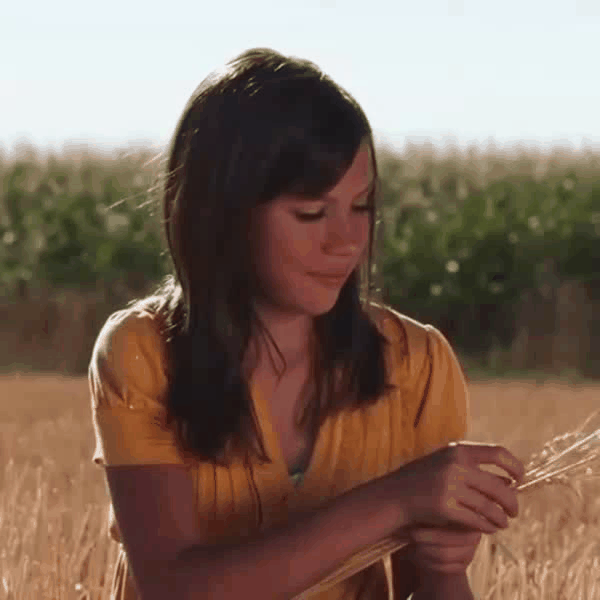
BrainNRDS (Ours, Initial Frame)
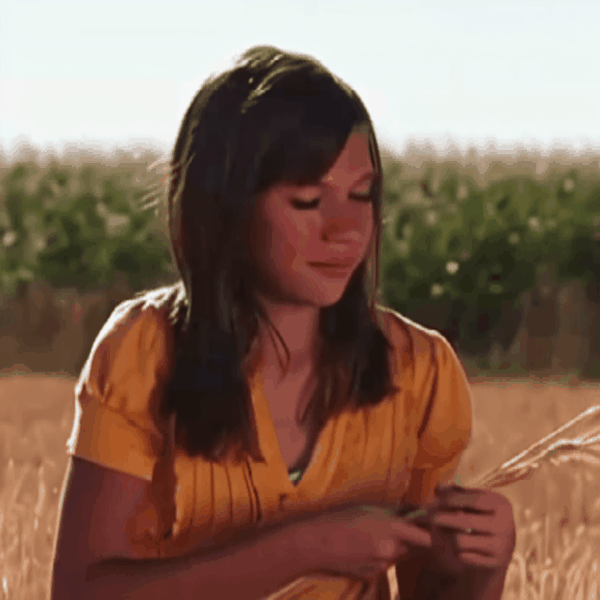
BrainNRDS (Ours, End to End)
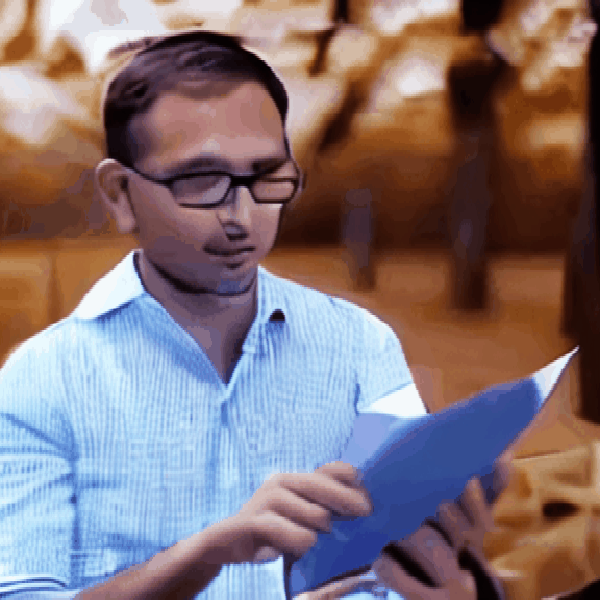
Plane
Ground Truth

BrainNRDS (Ours, Initial Frame)

BrainNRDS (Ours, End to End)

While computer vision models have made incredible strides in static image recognition, they still do not match human performance in tasks that require the understanding of complex, dynamic motion. This is notably true for real-world scenarios where embodied agents face complex and motion-rich environments.
Our approach, BrainNRDS (Brain-Neural Representations of Dynamic Stimuli), leverages state-of-the-art video diffusion models to decouple static image representation from motion generation, enabling us to utilize fMRI brain activity for a deeper understanding of human responses to dynamic visual stimuli. Conversely, we also demonstrate that information about the brain's representation of motion can enhance the prediction of optical flow in artificial systems. Our novel approach leads to four main findings: (1) Visual motion, represented as fine-grained, object-level resolution optical flow, can be decoded from brain activity generated by participants viewing video stimuli; (2) Video encoders outperform image-based models in predicting video-driven brain activity; (3) Brain-decoded motion signals enable realistic video reanimation based only on the initial frame of the video; and (4) We extend prior work to achieve full video decoding from video-driven brain activity.
BrainNRDS advances our understanding of how the brain represents spatial and temporal information in dynamic visual scenes. Our findings demonstrate the potential of combining brain imaging with video diffusion models for developing more robust and biologically-inspired computer vision systems.
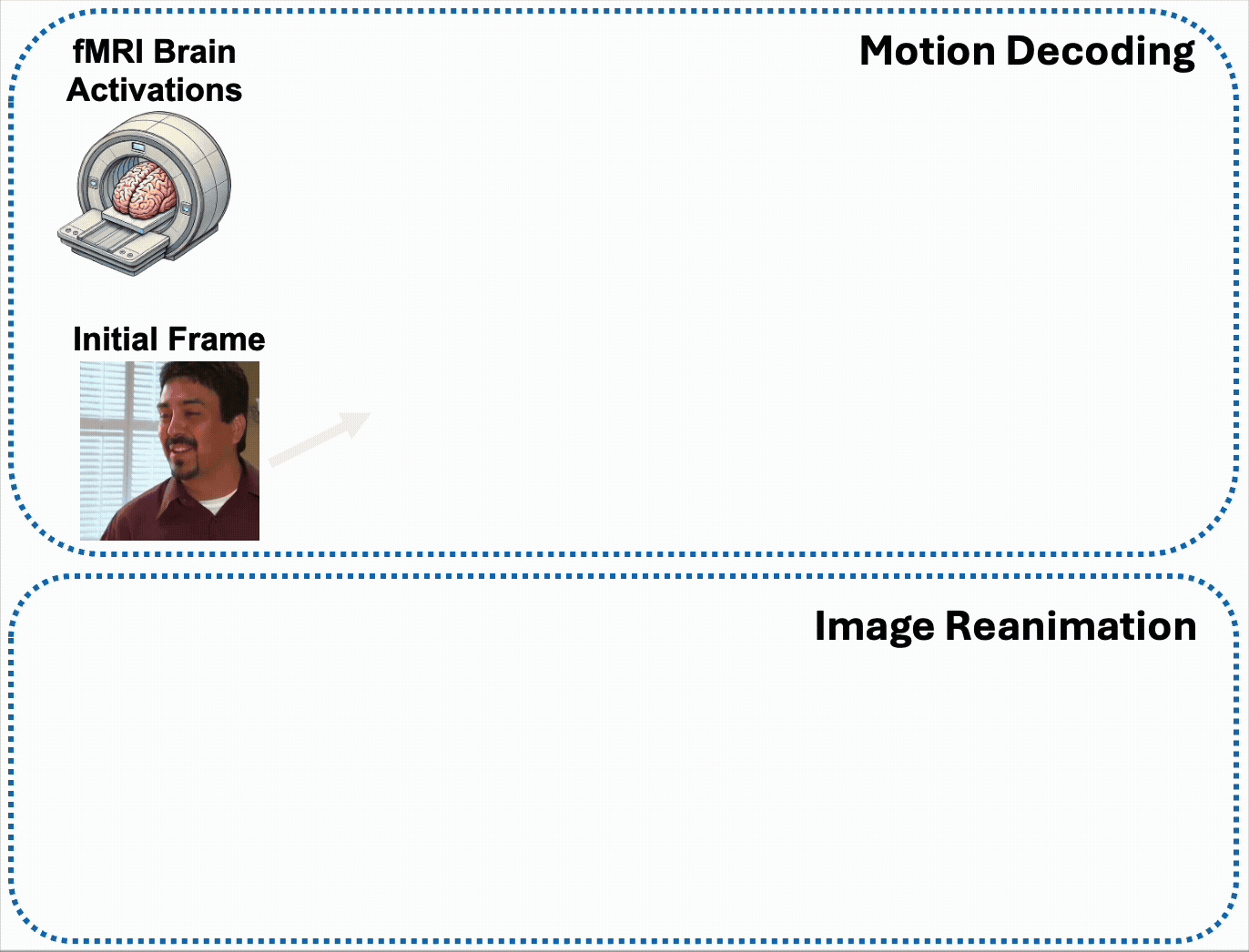
Our method (BrainNRDS) consists of a two-stages: first, we predict the object-level optical flow of the viewed video using the fMRI brain activations and initial frame of the video. Second, we use the predicted object-level optical flow to reanimate the initial frame of the video using a motion-conditioned video diffusion model, DragNUWA[1]. Our method can also use initial frames generated from fMRI activity from other methods and better predict the optical flow.
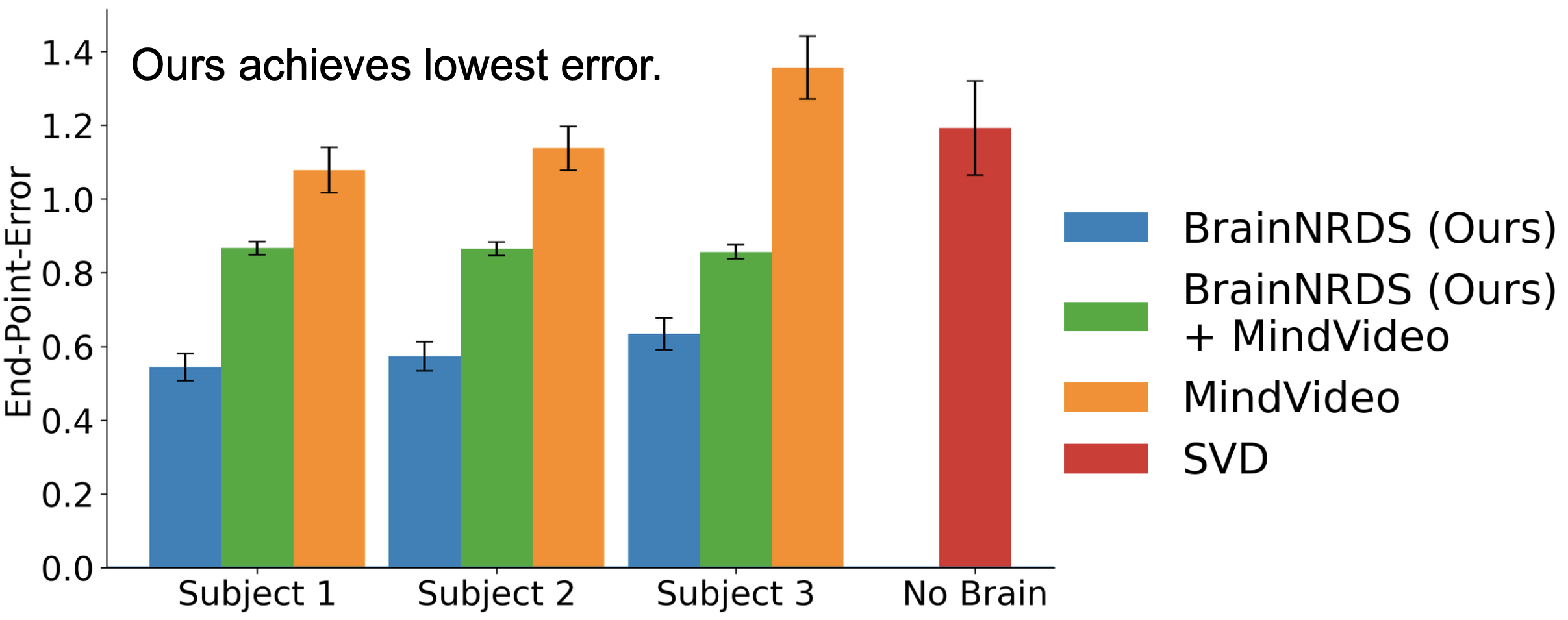 Optical flow predictors trained with neural data (Ours) are statistically better than both generative models trained without neural data (No Brain - Stable Video Diffusion (Best) [2]) and generative models that fail to disentangle appearance and motion (MindVideo (Best) [3]). We find that our method conditioned on the initial frame generated by MindVideo (Ours + MindVideo (Best)) better predicts the optical flow than MindVideo. EPE is end-point error, a common metric for optical flow evaluation.
Optical flow predictors trained with neural data (Ours) are statistically better than both generative models trained without neural data (No Brain - Stable Video Diffusion (Best) [2]) and generative models that fail to disentangle appearance and motion (MindVideo (Best) [3]). We find that our method conditioned on the initial frame generated by MindVideo (Ours + MindVideo (Best)) better predicts the optical flow than MindVideo. EPE is end-point error, a common metric for optical flow evaluation.
| Ground Truth | BrainNRDS (Ours, Initial Frame) | BrainNRDS (Ours, End to End) | Ground Truth | BrainNRDS (Ours, Initial Frame) | BrainNRDS (Ours, End to End) |
|---|---|---|---|---|---|
 |
 |
 |
 |
 |
 |
 |
 |
 |
 |
 |
 |
 |
 |
 |
 |
 |
 |
 |
 |
 |
 |
 |
 |
 We analyze the ability of visual encoders (VideoMAE [4] and CLIP ConvNeXt[5]) to predict (encode) fMRI brain activity from visual stimuli. Self-supervised video models, VideoMAE and VideoMAE Large, best predict fMRI brain activity. Details on which brain regions are best predicted by VideoMAE Large are shown in Figure 2. For static image models, semantically-supervised models such as CLIP ConvNeXt, perform best (consistent with [6]), while VC-1[7] performs best among embodied AI models.
We analyze the ability of visual encoders (VideoMAE [4] and CLIP ConvNeXt[5]) to predict (encode) fMRI brain activity from visual stimuli. Self-supervised video models, VideoMAE and VideoMAE Large, best predict fMRI brain activity. Details on which brain regions are best predicted by VideoMAE Large are shown in Figure 2. For static image models, semantically-supervised models such as CLIP ConvNeXt, perform best (consistent with [6]), while VC-1[7] performs best among embodied AI models.
@article{yeung2024reanimating,
title={Reanimating Images using Neural Representations of Dynamic Stimuli},
author={Jacob Yeung and Andrew F. Luo and Gabriel Sarch and Margaret M. Henderson and Deva Ramanan and Michael J. Tarr},
year={2024},
eprint={2406.02659},
archivePrefix={arXiv},
primaryClass={q-bio.NC},
url={https://arxiv.org/abs/2406.02659},
}